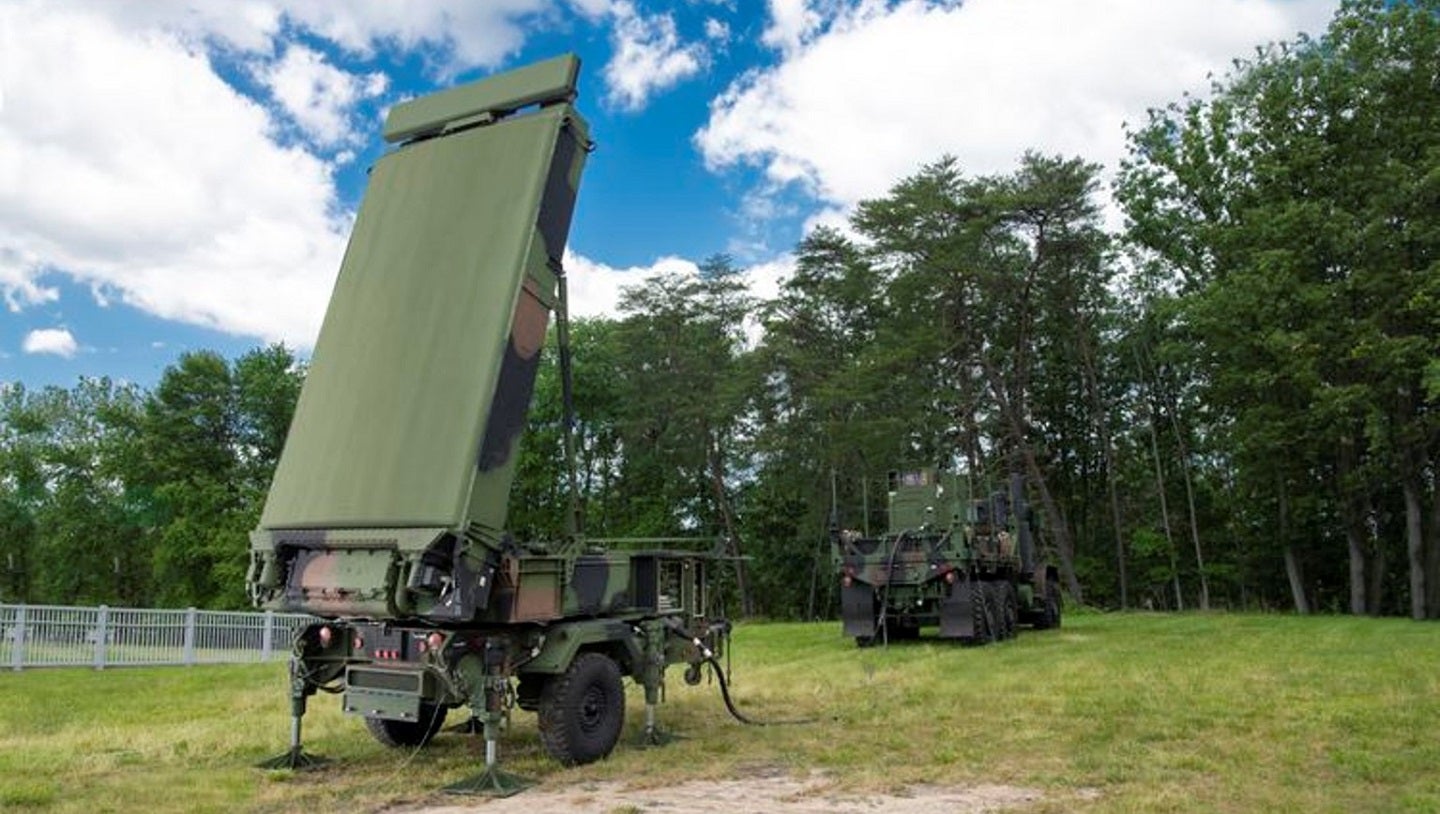
American prime, Northrop Grumman, has enhanced the functionality of its AN/TPS-80 Ground/Air Task-Oriented Radar (G/ATOR) air defence system.
The system includes new performance upgrades that will extend the range and add advanced missile detection capabilities.
G/ATOR is a multi-mission air surveillance system that can detect, identify and track airborne threats common in combat environments: including cruise missiles, aircraft and remotely piloted vehicles as well as rocket, artillery and mortar fire.
The next-generation system replaces five of the US Marine Corps’ single-mission radars as one multi-mission system. The Marines will field the modified extended range systems after the completion of Northrop Grumman’s full-rate production of its preceding lot one G/ATOR systems.
Does the G/ATOR meet the Marine Corps’ requirements?
Melissa Johnson, Director of advanced land sensors at Northrop Grumman, commented on the modification of the G/ATOR, stating: “We are committed to outpacing modern adversary threat systems for partner and allied forces with advanced surveillance and fire control capability.”
This five-in-one system does provide the end user with a more mobile, less costly and enhanced capability solution.
How well do you really know your competitors?
Access the most comprehensive Company Profiles on the market, powered by GlobalData. Save hours of research. Gain competitive edge.

Thank you!
Your download email will arrive shortly
Not ready to buy yet? Download a free sample
We are confident about the unique quality of our Company Profiles. However, we want you to make the most beneficial decision for your business, so we offer a free sample that you can download by submitting the below form
By GlobalDataThe US Marine Corps puts forward its requirements in its Force Design 2030, which outlines the service’s modernisation requirements and provides a framework for its priorities every month.
In its June update, the service specified that “we are… placing emphasis on resilience, the future of contested logistics, marine aviation, CJADC2 [Combined Joint All-Domain Command and Control], and persistent sensing.”
With the war in Ukraine demonstrating the importance of air defences across both air and land domains as a way of protecting critical national infrastructure and front-line personnel from indiscriminate Russian strikes, the G/ATOR’s multi-mission solution fits well with the Marine Corps’ CJADC2 priorities.
However, the latest G/ATOR iteration still has some way to go to maintaining its competitive edge in the air defence market.
The need to adopt emerging military technologies
Northrop Grumman must look further ahead at the new sophisticated emerging technologies being conceived and trialled in repsonse to the US government’s desire for leading military capabilities that keep the US military ahead of the curve amid the tense geopolitical environment.
The Marine Corps also prioritise: “a roadmap for a future ground-based air defence weapons system to incorporate lasers, high power microwave, and other capabilities to enhance MAGTF [marine air-ground task force] survivability.”
The US Department of Defense (DoD) has already issued two contracts at the end of May to adopt directed-energy weapon (DEW) systems for air defence and commit to funding pulsed laser research.
GlobalData intelligence tells us that global DEW spending was valued at $4.1bn in 2020. The increasing integration of DEWs with land, air and sea warfare platforms, coupled with growing investment in research and development activities, are major drivers for this market.
In terms of comparative total expenditure, the US accounts for the largest share globally, with a market share of 41.6% ($1.5bn), followed by China and France with a share of 14.8% ($534m) and 13.9% ($501m), respectively.
Currently, Northrop Grumman is adapting to this emerging market. The prime has been testing advanced targeting and tracking using machine learning and modularised architectures among other considerations in its laser solutions.
Northrop Grumman has tested its Laser Weapon System Demonstrator (LWSD) on the USS Portland in December 2021, which was developed in partnership with the Office of Naval Research.







